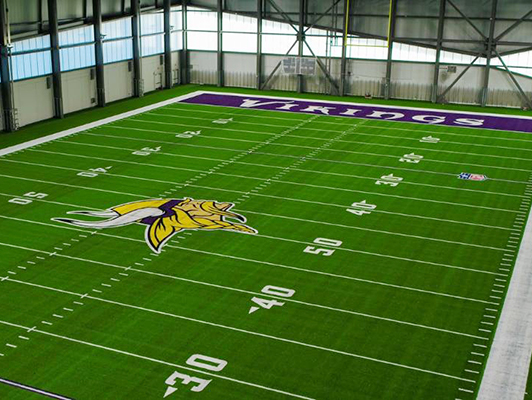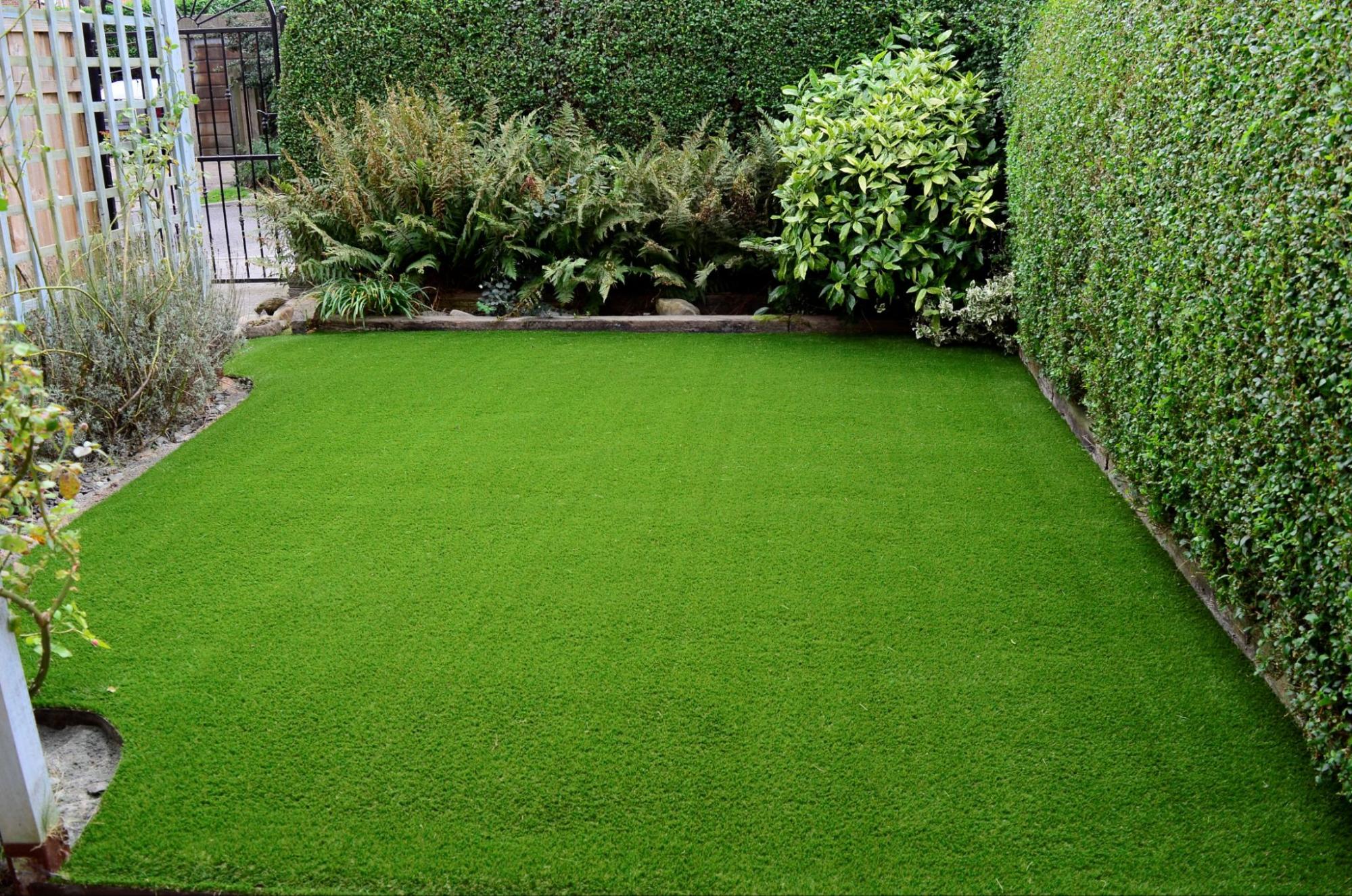Long-Lasting Arizona Artificial Turf for Residential and Commercial Applications
Long-Lasting Arizona Artificial Turf for Residential and Commercial Applications
Blog Article
Look Into the Environmental Perks of Opting for Artificial Turf Solutions
The fostering of synthetic turf remedies presents a compelling possibility to attend to pushing environmental difficulties. By significantly minimizing water use and reducing the application of harmful chemicals, these choices not only promote sustainable landscaping but likewise secure neighborhood ecological communities.
Water Conservation Perks
Among the most considerable advantages of synthetic grass is its capacity to conserve water. Typical grass yards require significant irrigation, especially in locations prone to drought or water limitations. On the other hand, synthetic grass does not require watering, dramatically lowering the total need for water sources. This attribute is specifically advantageous in arid regions where water scarcity is a pressing worry.
By getting rid of the need for regular watering, synthetic grass adds to lasting landscape methods and aids reduce the ecological influence of extreme water intake. The conservation of water prolongs to the reduction of overflow, which can lead to dirt disintegration and river pollution.
Furthermore, the setup of synthetic grass enables homeowners and towns to allot water sources more efficiently, concentrating on important uses such as drinking water and agriculture. The shift towards man-made grass not only promotes responsible water usage but likewise straightens with more comprehensive ecological objectives intended at maintaining natural deposits.
As communities increasingly prioritize sustainability, the water conservation advantages of synthetic lawn offer a compelling case for its fostering in property and commercial landscape design jobs.
Lowered Chemical Use
The shift to synthetic grass significantly decreases the dependence on chemical therapies generally made use of in all-natural turf maintenance. Conventional grass management typically entails the application of fertilizers, herbicides, and pesticides to advertise growth and control parasites. These chemicals can position risks to human health and wellness, local wildlife, and the atmosphere, adding to dirt and water contamination.
In contrast, synthetic lawn eliminates the need for these damaging substances. By reducing the launch of artificial compounds into the environment, fabricated grass promotes healthier dirt and water systems.
Additionally, the absence of chemical runoff connected with man-made lawn installations helps secure neighborhood waterways from air pollution, supporting aquatic life and maintaining biodiversity. Arizona artificial turf. As communities progressively prioritize sustainable practices, going with man-made grass provides a practical remedy that straightens with ecological conservation goals. With this shift, homeowner can appreciate lavish environment-friendly areas without jeopardizing environmental health and wellness, paving the way for a more lasting future
Reduced Carbon Footprint

In addition, the setup of synthetic grass can lead to considerable water preservation. All-natural lawns need considerable quantities of water for watering, which not just includes in the carbon footprint connected with water extraction and treatment yet also stress neighborhood water sources. On the other hand, artificial grass requires marginal upkeep, needing no watering, therefore considerably minimizing water use and its associated energy expenses.
In addition, the long life of synthetic grass adds to its lower carbon influence. With a lifespan of as much as 15 years or more, the requirement for regular substitutes is diminished, resulting in less waste and lower energy consumption in manufacturing and taking care of traditional grass options. Generally, synthetic grass offers a lasting alternative for eco mindful landscaping.
Habitat Preservation
Habitat conservation is a critical factor to consider in the argument over landscaping selections, specifically when comparing fabricated grass to natural grass. All-natural lawn yards commonly need substantial maintenance, consisting of using pesticides, plant foods, and herbicides, which can adversely influence regional ecological communities. These chemicals can seep into the dirt and waterways, harming indigenous plants and animals and interfering with local habitats.
On the other hand, synthetic go right here grass offers a chance to reduce the eco-friendly footprint of landscape design. By going with artificial turf, homeowners can lessen the disruption of all-natural habitats linked with traditional yard care techniques. Synthetic lawn eliminates the need for unsafe chemicals, thus shielding nearby wild animals and preserving the stability of bordering communities. The setup of fabricated lawn can lead to the conversion of former grass areas into more biodiverse landscapes, he has a good point such as pollinator gardens or native plant areas, which can sustain neighborhood wildlife.
Ultimately, the change to artificial turf not only preserves water and lowers upkeep efforts yet additionally promotes a much more unified relationship between human activities and the natural surroundings, promoting environment conservation while doing so.
Long-Term Sustainability
Long-term sustainability is an important consider assessing the benefits of synthetic grass over standard grass yards. One of one of the most considerable advantages of synthetic grass is its toughness; it can last as much as 15-20 years with minimal upkeep, whereas all-natural lawn requires constant reseeding and replacement. This long life lowers the requirement for constant sources, such as water, plant foods, and chemicals, which are necessary for preserving a healthy and balanced grass yard.
Furthermore, synthetic grass adds to a decrease in carbon emissions connected with yard treatment equipment. Typical grass typically call for gas-powered mowers, trimmers, and blowers, every one of which contribute to air contamination. Turf installation phoenix az. In comparison, synthetic grass eliminates the requirement for such devices, advertising a cleaner atmosphere
In addition, the production of synthetic grass progressively makes use of recycled products, enhancing its sustainability profile. As makers embrace eco-friendly methods, the environmental impact of synthetic grass proceeds to lessen.

Conclusion
The adoption of synthetic grass options offers substantial ecological advantages, consisting of considerable water preservation, minimized dependence on harmful chemicals, and a lower carbon footprint. Additionally, synthetic grass help in preserving all-natural environments by decreasing land disturbance and advertising long-lasting sustainability with the use of resilient materials. Collectively, these factors highlight the possibility of man-made grass to contribute favorably to ecological wellness and use a practical alternative to typical landscape design methods in a progressively resource-conscious world.
In comparison, synthetic turf does not require watering, substantially decreasing the overall need for water sources. By minimizing the launch of artificial substances right into the community, fabricated grass advertises much healthier soil and water systems.
In addition, the setup of artificial grass can result in considerable water conservation. In contrast, fabricated turf requires very little upkeep, requiring no watering, therefore considerably lowering Click This Link water usage and its linked energy expenses.

Report this page